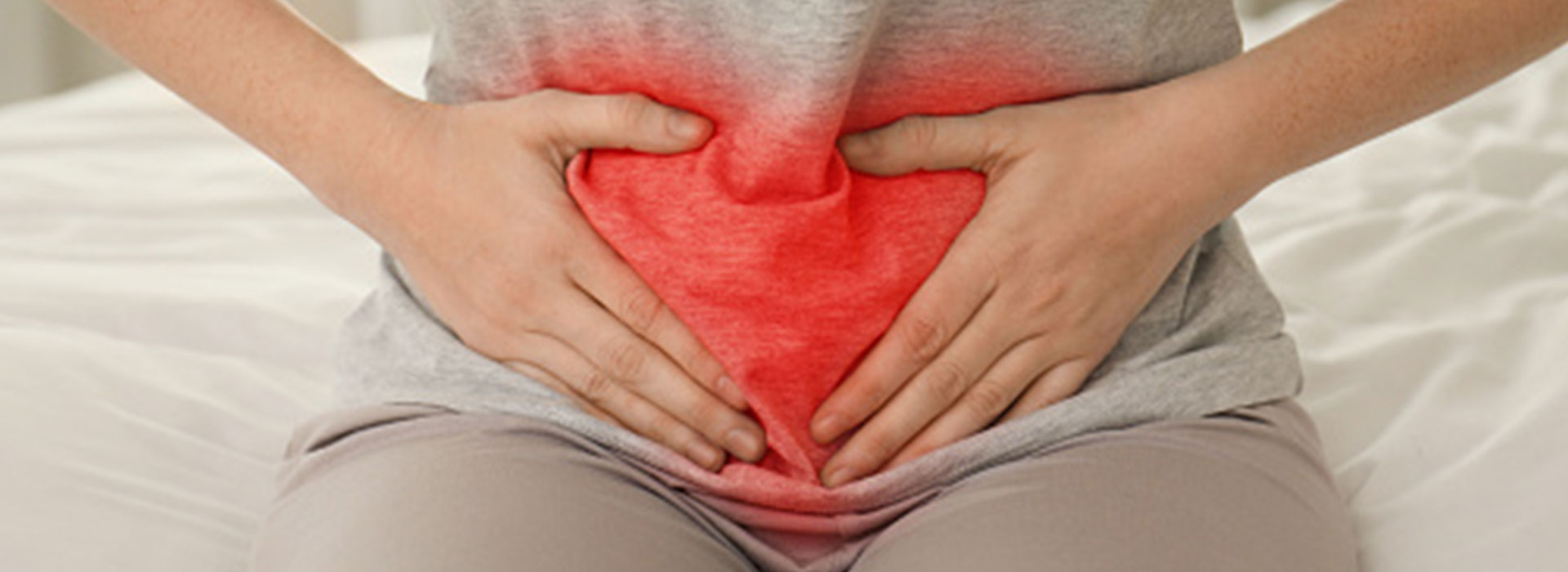How does the female reproductive system work?
The female reproductive system provides several functions. The ovaries produce the egg cells, called the ova or oocytes. The oocytes are then transported to the fallopian tube where fertilization by a sperm may occur. The fertilized egg then moves to the uterus, where the uterine lining has thickened in response to the normal hormones of the reproductive cycle. Once in the uterus, the fertilized egg can implant into thickened uterine lining and continue to develop. If implantation does not take place, the uterine lining is shed as menstrual flow. In addition, the female reproductive system produces female sex hormones that maintain the reproductive cycle.
During menopause, the female reproductive system gradually stops making the female hormones necessary for the reproductive cycle to work. At this point, menstrual cycles can become irregular and eventually stop. One year after menstrual cycles stop, the woman is considered to be menopausal.
What parts make-up the female anatomy?
The female reproductive anatomy includes both external and internal structures.
The function of the external female reproductive structures (the genital) is twofold: To enable sperm to enter the body and to protect the internal genital organs from infectious organisms.
The main external structures of the female reproductive system include:
- Labia majora: The labia majora (“large lips”) enclose and protect the other external reproductive organs. During puberty, hair growth occurs on the skin of the labia majora, which also contain sweat and oil-secreting glands.
- Labia minora: The labia minora (“small lips”) can have a variety of sizes and shapes. They lie just inside the labia majora, and surround the openings to the vagina (the canal that joins the lower part of the uterus to the outside of the body) and urethra (the tube that carries urine from the bladder to the outside of the body). This skin is very delicate and can become easily irritated and swollen.
- Bartholin’s glands: These glands are located next to the vaginal opening on each side and produce a fluid (mucus) secretion.
- Clitoris: The two labia minora meet at the clitoris, a small, sensitive protrusion that is comparable to the penis in males. The clitoris is covered by a fold of skin, called the prepuce, which is similar to the foreskin at the end of the penis. Like the penis, the clitoris is very sensitive to stimulation and can become erect.



